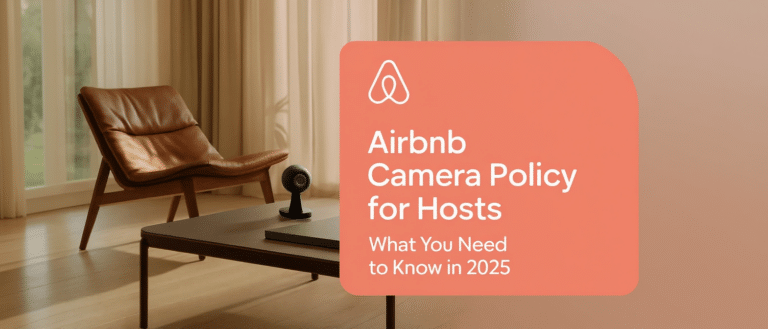This is a guest post by Buoy an advanced revenue management and reporting tool for vacation rentals and boutique hotels.
In today’s unique booking environment, we’re all looking for new and better ways to read our markets. With a deluge of data available today, it can be easy to drown if you don’t know what you’re looking for. For years we were up to our eyeballs in RevPAR, ADR, YoY Occ%, and a thousand other metrics. While they all have their place, we think your performance can boil down to just two: Revenue Percentile and Expert Set Median. We used these metrics to double revenue vs. the industry’s leading revenue management system. Here is how.
- Use revenue percentile to determine your baseline
- Use area experts to predict demand
Using Revenue Percentile
Our subject listing belongs to a professional property manager with 150 listings across 9 cities in North America. For the first six months this listing was open, it earned revenue in the 77th – 84th percentiles for its market. Buoy’s algorithm created a competitive cohort for the listing consisting of listings at a similar revenue percentile, then tracked their upcoming rates and followed suit. But Buoy also experimented by setting rates in higher and higher cohorts. As the listing received reservations of higher value, its own revenue percentile rose and it was priced alongside ever-higher cohorts.
It looked like this:
Since the start of the year, the listing ascended from the 77th revenue percentile to the 95th before settling down at the 90th.
The Experts
Now, simply dividing the market into revenue cohorts isn’t going to get the job done. You also need to optimize rates as demand fluctuates. After all, you need to be priced better than your competitors if you want your revenue percentile to improve. To do that, we built another cohort of experts.
Experts were defined as professional revenue managers at area vacation rentals and hotels. These are trained professionals or groups of professionals pricing listings for high successful organizations. We track their listings and upcoming rates to come up with an expert median. When we combine all of their data, we can see how this large, diverse group of problem solvers predict demand. (For research into why this works, read “Groups of diverse problem solvers can outperform groups of high-ability problem solvers” Hong and Page, 2004) In certain instances, the effect is staggering:
The Effect
Over the four days of this event, Buoy brought the property manager $10,000 more than they would have received at their original prices, about as much as the user spent on revenue management software in a year.
For users on a base rate algorithm, the inverse was happening. Because base rates rely too heavily on historical data, they missed the Fall compression brought on by Covid, dropped rates too aggressively as summer ended, and saw revenue percentile decline. One listing we tracked fell from the 96th revenue percentile to the 88th because the base rate could not accommodate a season running counter to historical trends.
Ask your revenue manager about pricing by revenue percentile. If you don’t have a revenue manager, reach out to us at tim@buoy.us. If you want to know your listing’s revenue percentile, visit Buoy.us.




